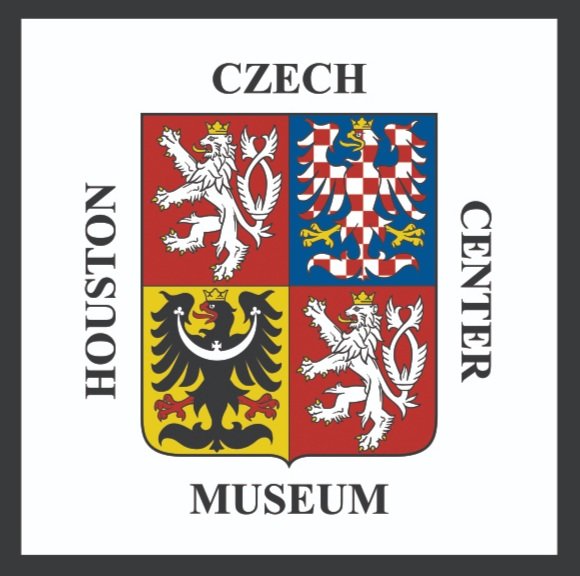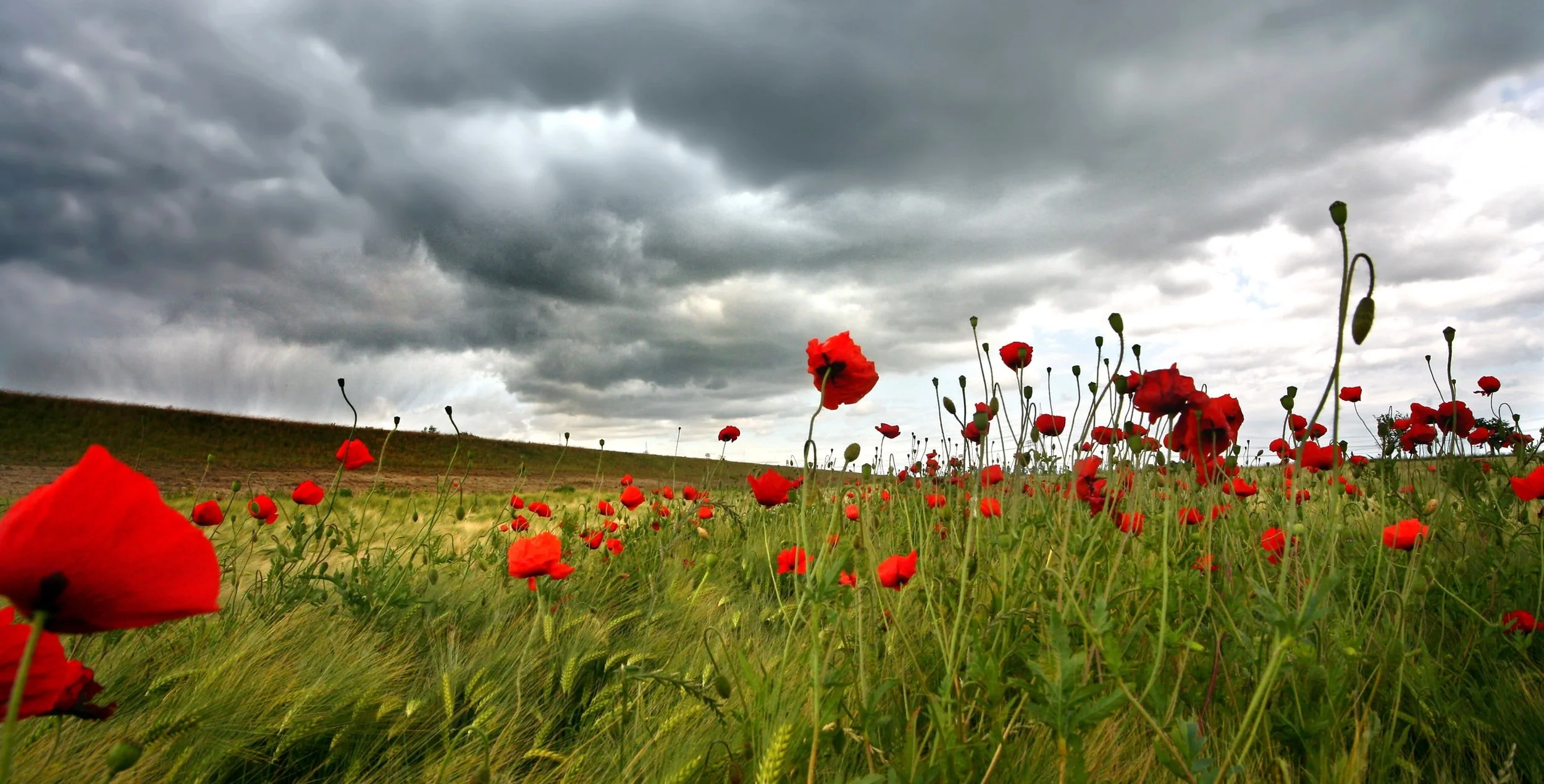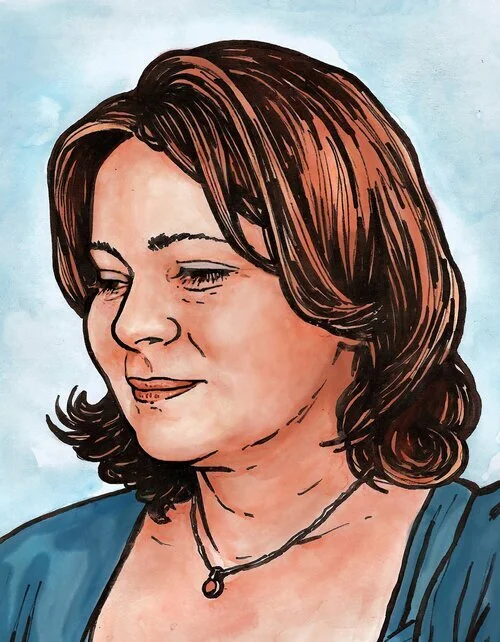King of Bohemia, King of the Romans, Holy Roman Emperor. Despite the grand stations he achieved in life, Charles IV never forgot his homeland of Prague. Born to the prestigious Czech Přemyslid dynasty, Charles governed his territories with an attitude well ahead of his contemporaries. As we will see, perhaps too far ahead for the 14th century. In a dance that would become strikingly common two centuries later, he attempted to chip away at the power of the lower nobility and centralize more power around the person of the king. His justification for this seemed more about efficient governance rather than personal conviction about his Divine Right to rule, which contrasts with the later Absolutist monarchs of the Early Modern Period.
The Golden Bull was named after its distinctive gold seal
Efficiency seems to be an important motivating factor for the emperor, as whether he was the King of Bohemia or the Holy Roman Emperor he would pursue a codification of the law codes in his domain and a standardization of the election process in his empire. While only the latter was successful, it would direct imperial jurisprudence for the next four centuries. This decree was known as the Golden Bull, and acted as a codification of both the imperial election process and its constitution as well. Notably, the decree did not require the confirmation of the pope for the new imperial elections, which continued the trend of power shifting to secular rulers rather than religious ones.
Karlštejn Castle
However Charles’ reforms were not purely of the legal variety, as over the course of his long reign he engaged in a number of construction projects. This included multiple castles such as the picturesque Karlštejn Castle, which alone would serve as a testament to his architectural vision and commitment to the protection of his people. However, one of his endeavors would go on to influence not only the lives of his subjects, but set the template for urban planning to come. This would be Prague’s New Town (Nové Město), which if not ingeniously named, was most certainly leaps and bounds ahead of city planning at the time.
Wenceslaus Square
The New Town was a pre-planned expansion of Prague, beginning in 1346, designed to possess wide avenues and plenty of room for growth. When planning the district, Charles made sure to respect the isolated communities that previously occupied the 250 hectares that would make up the New Town. Generously he carried out no demolitions and even factored existing structures into his final layout. The area that would make up this new division was parceled out and offered to the residents of Prague, Charles did not discriminate if the settlers were Christian or Jewish either. Any family choosing to move to the New Town would be exempt from taxes for twelve years, a powerful economic incentive at the time. Furthermore, it was decreed that the more noisy and dirty craftspeople were to move to the New Town as well, including fishermen, carpenters, raftsmen, tanners, dyers, brickmakers, limeburners, and all assortments of metalworkers moved en masse to the new area. Thus New Town Prague would develop a unique economic and class character that would influence much of its later history. Much of Charles’ rule prefigured the enlightened despotism of later centuries, and his recognition of the importance of urban centers serves as a link between the two tendencies.
Charles University
Not only would Prague become an economic powerhouse and population center (by the 15th century the city would be the 9th most populous city in Europe), it would also become one of the great centers of learning in central Europe. In 1348 Charles founded the first university east of Paris and north of the Alps, aptly named Charles University. Initially, it had four faculties: theology, liberal arts, law, and medicine, although it would be reduced to only liberal arts under the rectorship of Jan Hus, the trailblazing reformist. The Hussite wars were not the only events to surround this illustrious university though, and in the 17th century it would become the gathering place for anti-Habsburg dissidents, the same group that would trigger the Thirty Years’ War. Beyond simple warfare, however, the university would go on to produce several Nobel Prize winners and the first botanical garden in Europe.
For an emperor who governed many millions of subjects and a vast section of an entire continent, Charles IV never forgot his roots. He ruled like a man from a later century, attempting to embody his people and benefit them with massive infrastructure projects. While it was often too early for his reforms to be accepted by the then-powerful nobility, Charles was able to manage his kingdom competently and set the Czech people up for success in the coming centuries. As can be seen by his devotion to education and city planning, two often overlooked factors in the development of modernity, the conditions were ripe to propel Prague into becoming an economic and cultural center not just regionally, but across the whole continent.
Charles IV, King of Bohemia and Holy Roman Emperor
Written by: Scott Brown
























